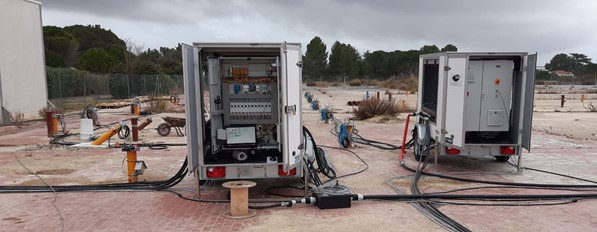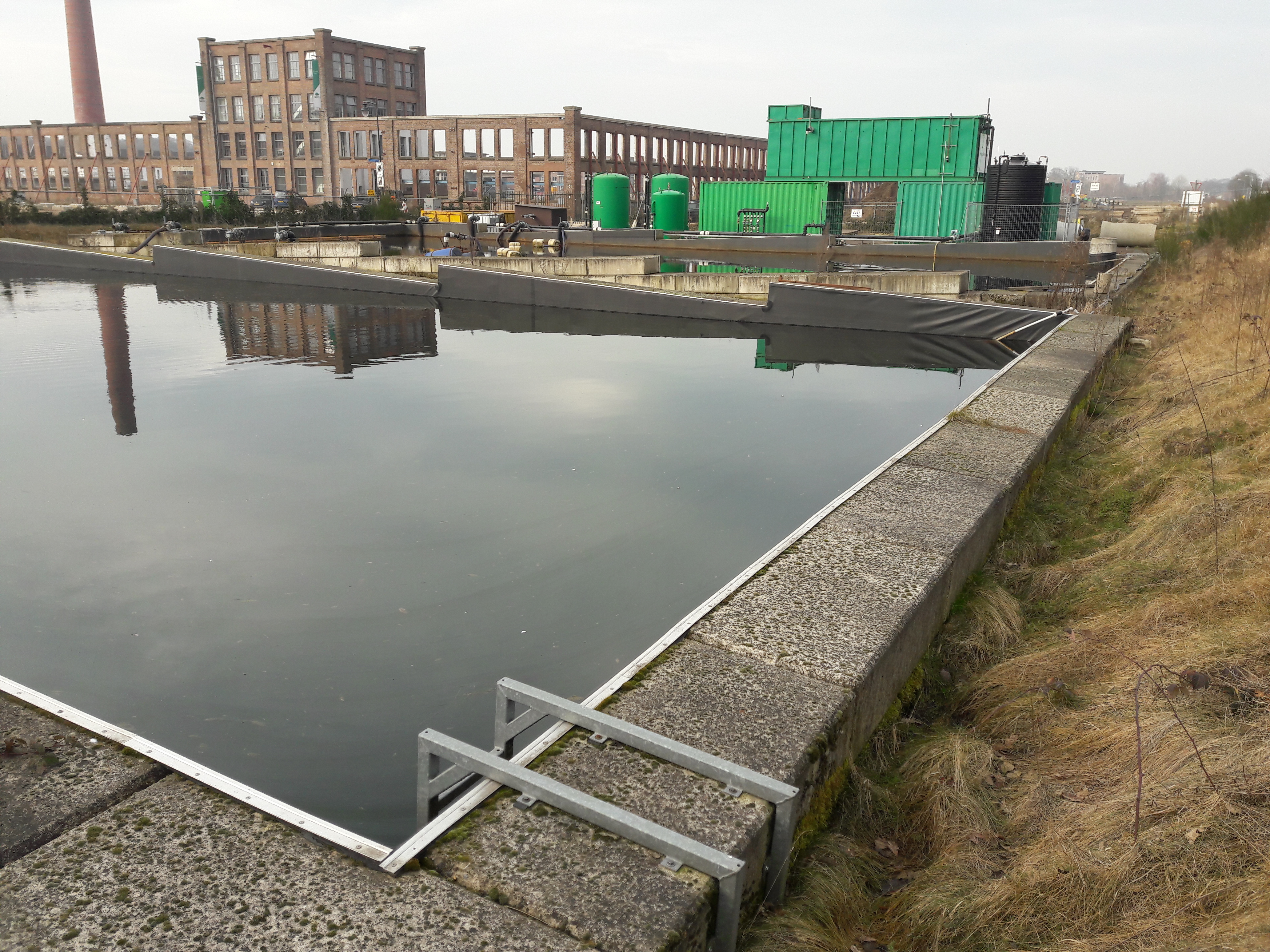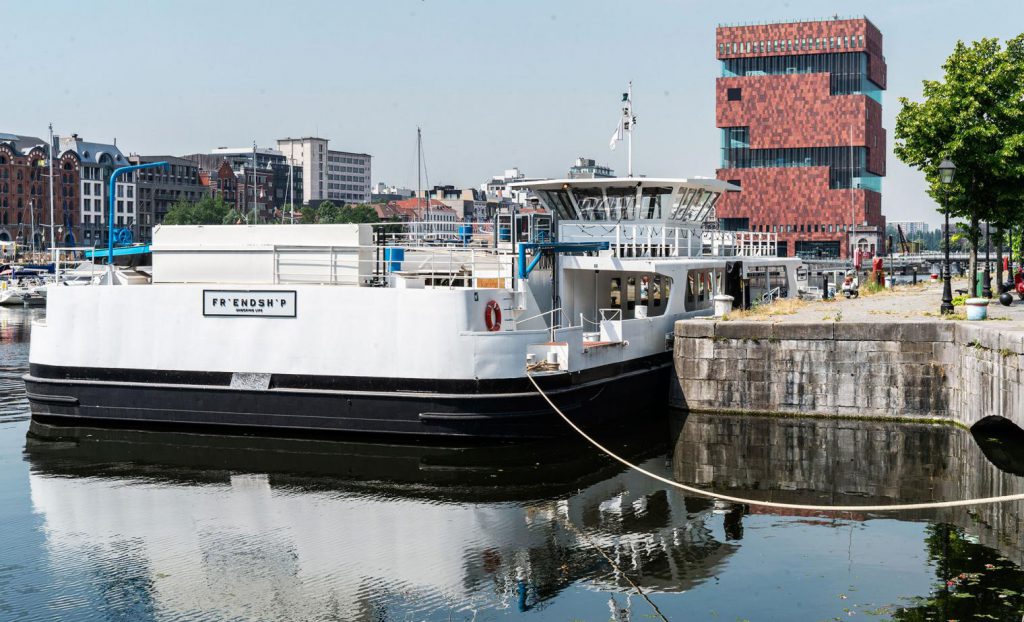Air
Air quality is increasingly under threat from odour nuisance, chemical substances and particulate matter. At HMVT we help businesses to restrict and purify their emissions to the atmosphere as well as advise them in looking for the right solution. We realise and manage a wide range of air purification techniques.
Fresh air lies at the heart of our health, but we cannot always take clean air for granted. The norms for air emissions for example are becoming ever more stringent. On 1 January 2016, a minimisation duty was introduced for all substances hazardous to the health of man and the environment. These substances are called substances of very high concern (SVHC). They can be carcinogenic, decrease fertility and accumulate in the food chain.
“We will be happy to help customers find the right solution for their air problems. We ensure the project runs well and take care of the entire organisation from the beginning until the end”, says Michiel Hennink of HMVT.
Our approach
Our customers are central to our approach. It is important to us that we provide all our customers with optimal assistance and therefore provide them with tailor-made purification solutions. Our strength lies primarily in combining our practical environmental expertise with our quality advice. In order to be able to provide purification solutions tailored specifically to our customers, we meet with them in order to come to a sound analysis of the processes involved in their operations.
Air quality research
In most cases further air quality research is needed to get a full picture of the problem. For this research we carry out emission measurements, whereby we gain insight into what type of vapours are released, when and in what sort of concentrations (mobile FID or GCMS equipment, sampling and analysis of vapour flows in laboratories and determinations of flow rate). In addition, we also take care of the odour determinations. During the completion of the research phase together with the customer we weigh up and determine which vapour treatment is most suitable.
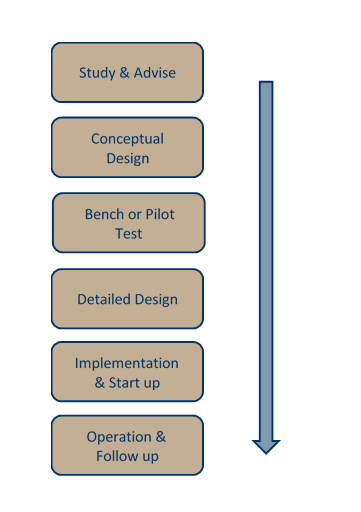
Pilot study
Before we proceed with setting up a full-scale air purification installation, we often recommend a pilot study. Testing the air purification technique on a small scale will give you more assurance regarding design parameters and purification yields. We do not depend on just one or a few purification techniques, so we are always able to offer you the right solution. One that fits your particular situation!
Design and implementation
After the research phase has been completed and there is clarity as to the purification solution that is most suitable for the situation in question, we can proceed with the (detailed) design, construction and ultimately the implementation, and then commence the purification of the air.
Operation and follow-up
The maintenance of the installation is a key part of the process to keep the air quality at the right level. Our experts are specialised in the maintenance and technical management of purification installations. Depending on the wishes of the customer not only can we supply a purification system, but also if so desired provide the necessary technical maintenance. Included in the possibilities are the rental and/or lease of installations.
Purification solutions
Our specialists deploy our installations for the remediation of a wide range of vapours. These may be all sorts of hydrocarbons, odours containing sulphur or nitrogenous compounds (ammonia, H2S, mercaptans, limonene or particulate matter). For the remediation of contaminated vapour flows we have a wide range of methods and techniques at our disposal:
- Biological vapour decontamination
- Adsorption of vapours
- Absorption of vapours
- Oxidation of vapours
- Vapour condensation
Gas doctor
Not only do we investigate vapour emissions that are released during industrial processes, but we also support our customers in all forms of air quality surveys. You can hire us as the ‘gas doctor’. As an example, we also carry out soil vapor measurements or check indoor air quality. Indoor air measurements could be necessary if there is a suspicion that vapours are emitting from the subsurface.

